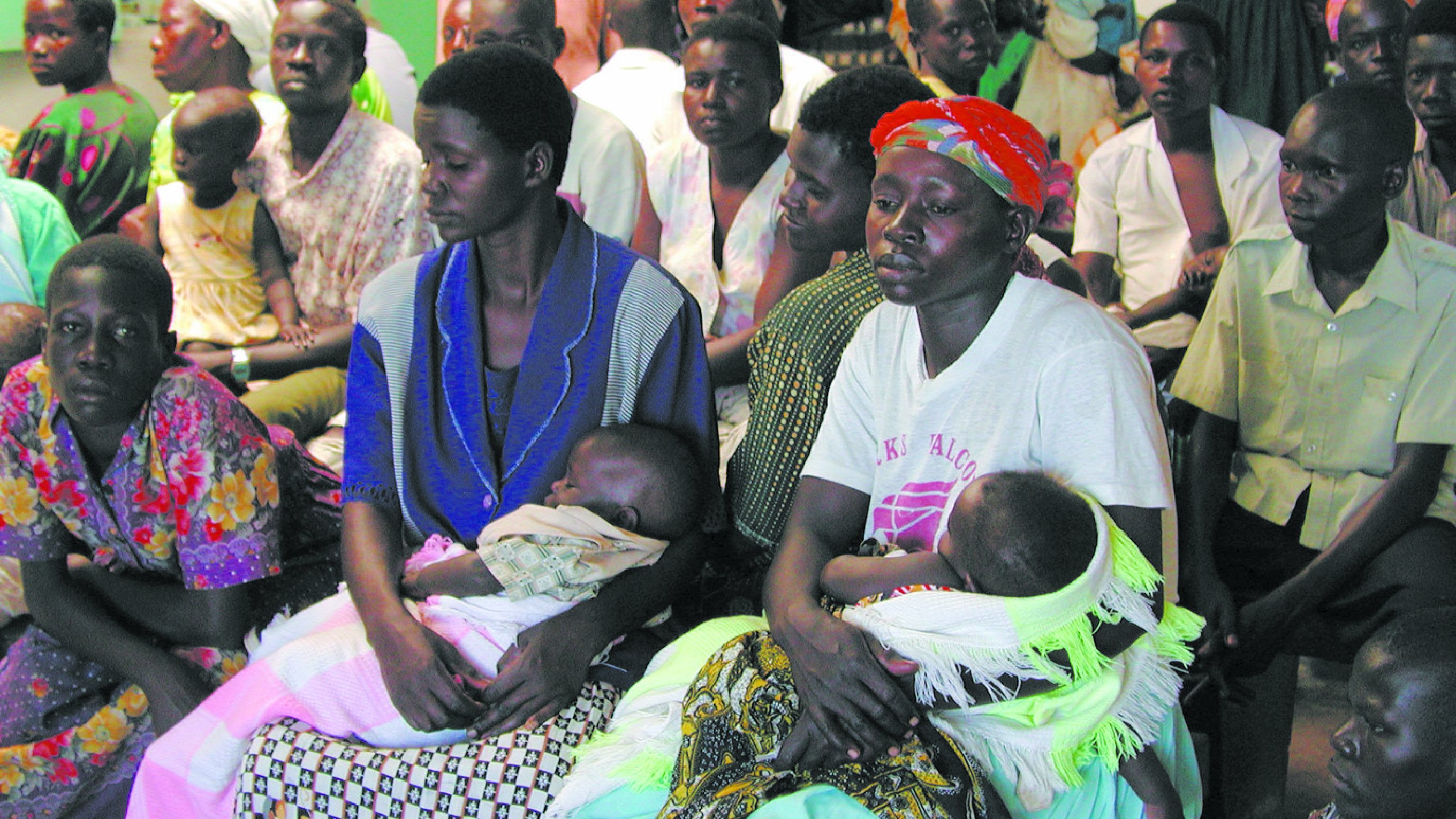University of Alberta researchers are repurposing handheld lactic acid testing devices that were originally developed for endurance athletes in North America as a tool to save the lives of critically ill children in sub-Saharan Africa.
The team used the portable blood test on Ugandan children presenting to hospital with symptoms of malaria and respiratory distress and found that those with high levels of lactic acid or lactate were three times more likely to die from their illness than those with lower levels.
In recently published research, the team suggests the device could be widely used as a simple triage tool to identify the sickest children in need of the most urgent care.
“This is a simple finger poke much like those used for diabetes,” says researcher Catherine Mitran, who has a PhD in public health and is now a third-year medicine student.
“It’s marketed for high-level, non-medical-expert athletes to use during their training, but we found it also has prognostic utility,” Mitran says. “When children came in with that high level of lactate, they were at a significantly higher risk of death.”
A child dies of malaria every two minutes, according to the World Health Organization, which reports 247 million cases of malaria in 2021 and 619,000 deaths, most of them children. Caused by a parasite spread by mosquitoes, malaria symptoms include high fever, chills and flu-like illness. Adults in high transmission areas often develop immunity to severe disease, which is why children are most vulnerable. Those who survive may experience cognitive delays, liver and kidney damage.
Lactic acid levels are low in healthy people at rest, but they go up as oxygen levels decrease due to strenuous exercise, heart failure or infection. High-performance athletes monitor lactic acid to know when they have reached the threshold between aerobic and anaerobic exercise, a threshold that goes up as they get fitter. You can tell lactic acid is building up in muscles as you exercise when they feel painful and weak, a sign it’s time to rest.
“You hit this point either in exercise or in illness where your cells are deprived of oxygen so they alter their metabolism, which produces lactic acid,” explains Mitran.
Lactic acid buildup has several causes and consequences for children with malaria. The parasites that cause malaria produce lactic acid, so patients with a high parasitic load will have more lactic acid in their blood. The parasites also cause blockages in blood vessels, which can prevent oxygen delivery and tissues that lack oxygen also produce more lactate. The body can’t clear lactate efficiently through the kidneys and the liver if they are not functioning properly.
Respiratory distress is a severe form of malaria, which can also present as cerebral malaria or severe anemia. The problem is that respiratory distress can be hard to diagnose based on clinical observation alone, so Mitran says this tool could be key to telling the difference between one case and the next.
“You can imagine having a three-year-old child come in: they’re crying, they’re upset. You’re trying to determine if they’re having respiratory distress and how is this respiratory distress worse than the kid next to them who’s also crying and upset,” she says. “It can be really tricky to figure out which child really needs immediate intervention versus a child that is potentially not as severely ill.”
Mitran analyzed results from three studies carried out by pediatrics professor Michael Hawkes, a former Stollery Science Lab Distinguished Researcher. The previous studies included a total of 1,324 Ugandan children under the age of five who were admitted with malaria and respiratory distress to 21 health facilities, both rural and urban; 84 died.
Mitran says the next step for the research will be to follow children identified to be at high risk due to their high lactic acid levels to learn whether their outcomes can be improved.
“If we can differentiate between these kids who are really high risk based on their high lactate level, can we then intervene in a way that can prevent death or serious disease?”
The studies were supported by the Canadian Institutes of Health Research, a Canada Research Chair, Tesari Charitable Foundation, Kim Kertland, Grand Challenges Canada and the Stollery Children’s Hospital Foundation through the Women and Children’s Health Research Institute.

